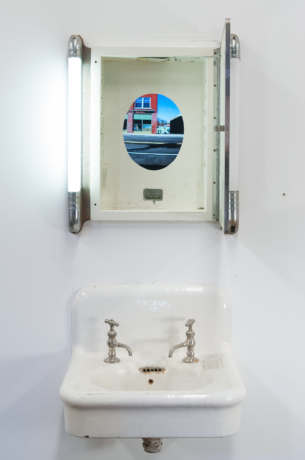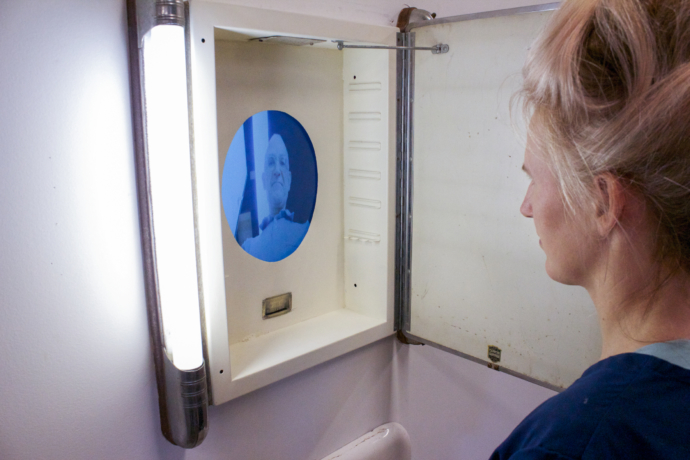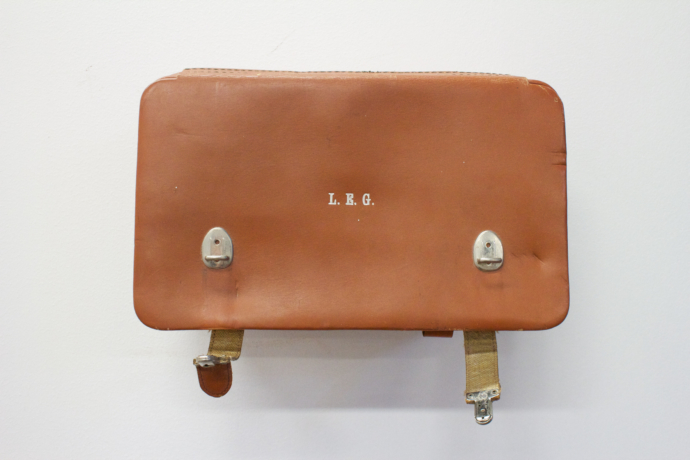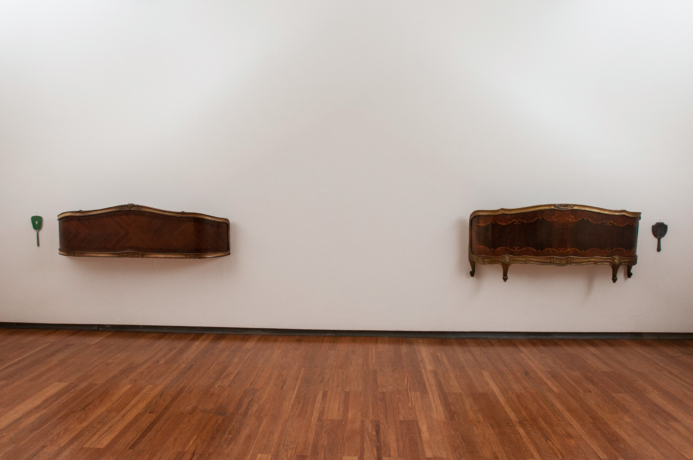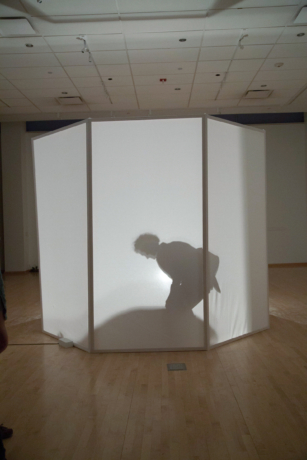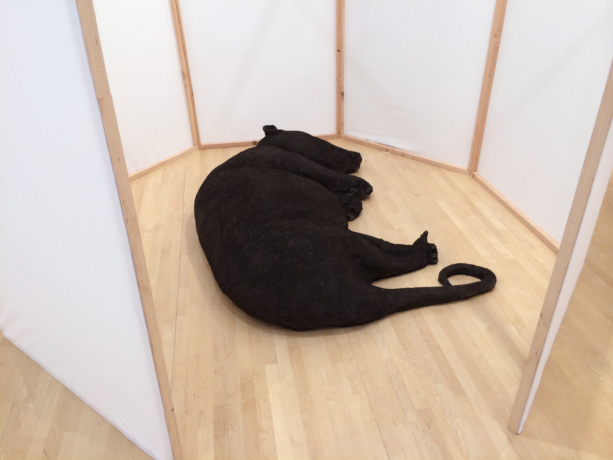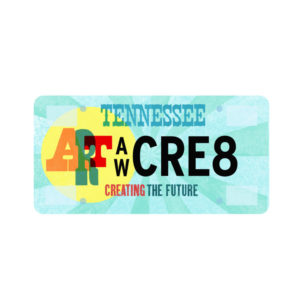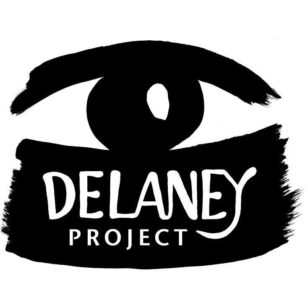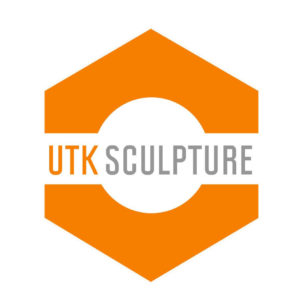EMILY BIVENS Art Palace Website
Knoxville, TN | Sculpture, Time-based, Sound, Performance, Installation
Bio:
Emily Ward Bivens is an Associate Professor of 4D arts and Transmedia Design at the University of Tennessee, Knoxville. She received her MFA from The University of Colorado, Boulder in 2004.
Exhibitions and performances of Bivens’ individual and collaborative work have been shown in festivals, museums, galleries and washaterias. Individual work has been shown at Skulpturens Hus, Stockholm, Sweden, Museum of Contemporary Art, Denver, CO and Temple Contemporary, Philadelphia, PA. The Bridge Club work has been shown at Press Street for Prospect 3+, New Orleans, LA, The Ulrich Museum, Wichita, KS, New Genre Arts Festival XXI, Living Arts, Tulsa, OK, Museum of Contemporary Art, Santa Barbara, CA, The Texas Biennial at the Blue Star Contemporary Art Museum, San Antonio, TX, Currents: The Santa Fe International New Media Festival, Santa Fe, NM and the Lawndale Art Center, Houston, TX. The Bridge Club was awarded grants from The Idea Fund and the Mid-America Arts Alliance.
Statement:
I use found and made objects to forge narratives, provoke interaction and reveal fictional and non-fictional mysteries. These objects shift from prop to subject to evidence when used in performance, video and installation. Domestic objects such as bedframes and antique tube radio cabinets are made, found and manipulated to hold new narratives that either clarify or obscure the original or assumed narrative. The contexts and orientations of the recognized objects are skewed to disrupt the familiar. A chandelier holds surveillance cameras rather than bulbs shifting the meaning of illumination. The foot of a bedframe is suspended five feet high on the wall with a video projection of feet that seems to eerily disappear into the wall. Recorded video, live-feed video and delayed image and sound are used to reintroduce the human and more specifically the audience to these long forgotten utilitarian objects. The projected images and relayed sounds offer a ghostlike human presence while the audience is implicated in a perpetual making and unmaking of a temporal performance between object, voice and image.
